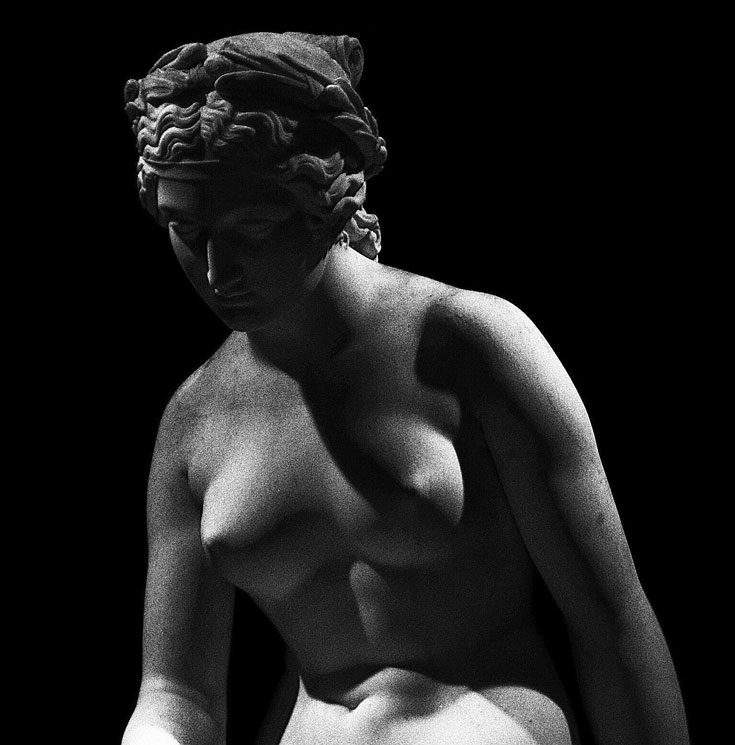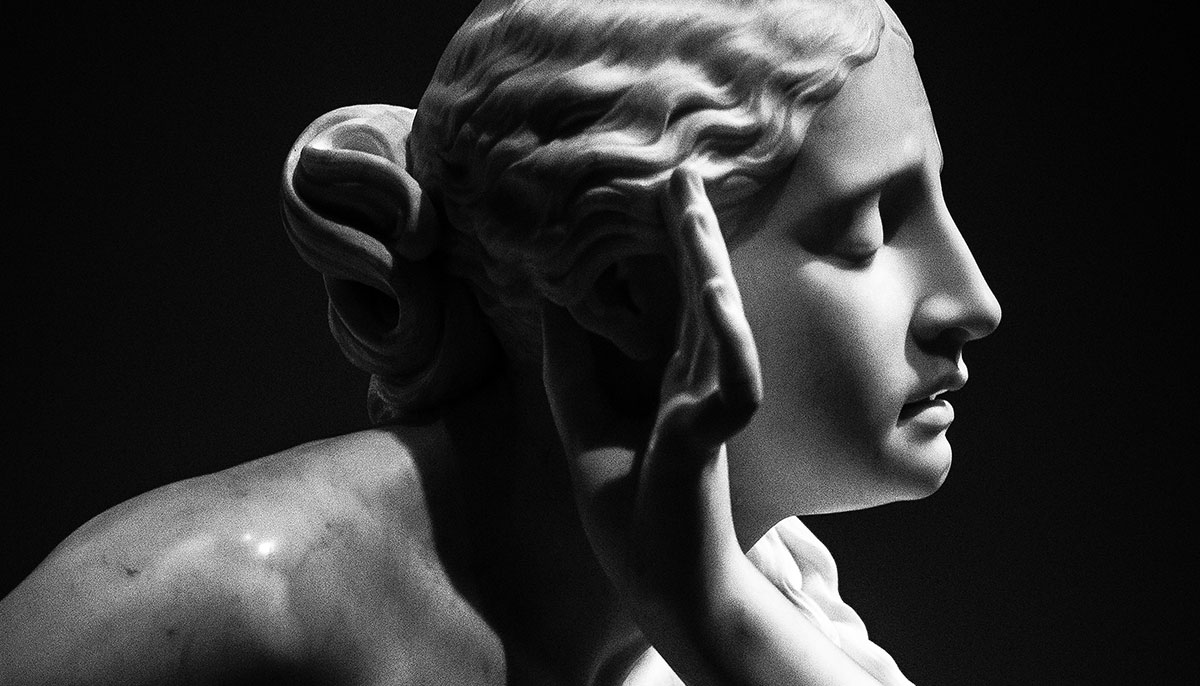In a body scan, we systematically focus our attention on different parts of our body, from our feet to the muscles in our face. This creates a rare opportunity for us to experience our body as it is, without judging or trying to change it.
This exercise is designed to help us develop a mindful awareness of our bodily sensations, and to relieve tension wherever it is found. Research suggests that this mindfulness practice can help reduce stress, improve well-being, and decrease aches and pains.
How to Do It
The body scan can be performed while lying down, sitting, or in other postures. The steps below are a guided meditation designed to be done while sitting, but can be adapted for the posture you choose.
The time required is twenty to forty-five minutes, three to six days per week for four weeks. Evidence suggests that benefit increases the longer you do the exercise.
1. Begin by bringing your attention into your body.
2. You can close your eyes if that’s comfortable for you.
3. Notice your body seated wherever you’re seated, feeling the weight of your body on the chair and on the floor.
4. Take a few deep breaths.
5. As you take a deep breath, bring in more oxygen, enlivening the body. As you exhale, have a sense of relaxing more deeply.
6. Notice the sensations of your feet touching the floor—the weight, pressure, vibration, heat.
7. Notice your legs against the chair—the pressure, pulsing, heaviness, lightness.
8. Notice your back against the chair.
9. Bring your attention into your stomach area. If your stomach is tense or tight, let it soften. Take a breath.
10. Notice your hands. Are your hands tense or tight? See if you can allow them to soften.
11. Notice your arms. Feel any sensation in your arms. Let your shoulders be soft.
12. Notice your neck and throat. Let them be soft. Relax.
13. Soften your jaw. Let your face and facial muscles be soft.
14. Then notice your whole body present. Take one more breath.
15. Be aware of your whole body as best you can. Take a breath. Then when you’re ready, you can open your eyes.

Why It Works
According to research, by simply noticing any stress or pain we’re experiencing, without trying to change it, we may actually feel some relief.
This exercise allows us to notice and release any source of tension we weren’t aware of before, such as a hunched back or clenched jaw muscles. Or it may draw our attention to a source of pain and discomfort. Our feelings of resistance and anger toward pain often only serve to increase that pain, and to increase the distress associated with it.
The body scan is designed to counteract these negative feelings toward our bodies. This practice may also increase our general attunement to our physical needs and sensations, which can in turn help us take better care of our bodies and make healthier decisions about eating, sleep, and exercise.
Evidence It Works
In the Journal of Behavioral Medicine, J. Carmody and R.A. Baer report that among participants in an eight-week Mindfulness-Based Stress Reduction program, time spent engaging in the body scan was associated with greater levels of two components of mindfulness—observing thoughts, feelings, and physical sensations, and non-reacting to stress—and increased psychological well-being.

